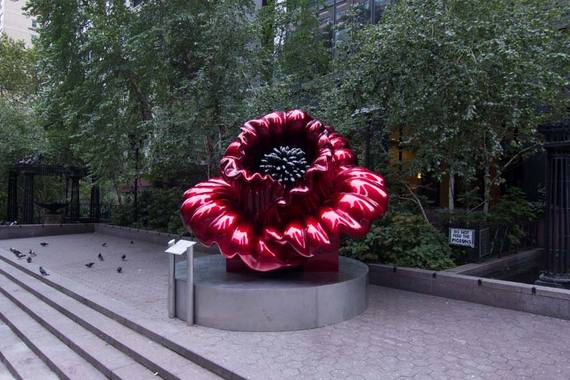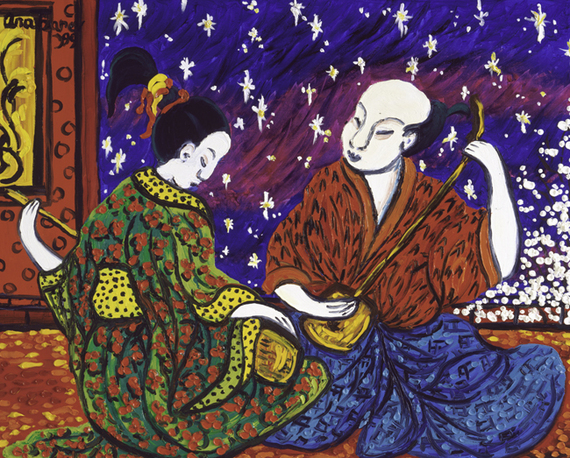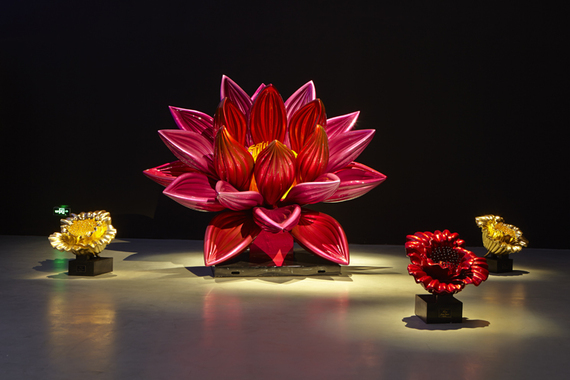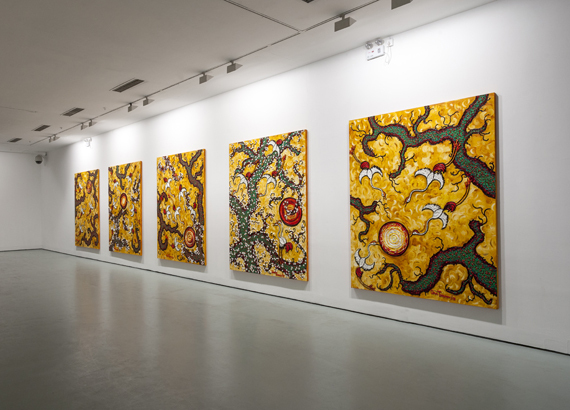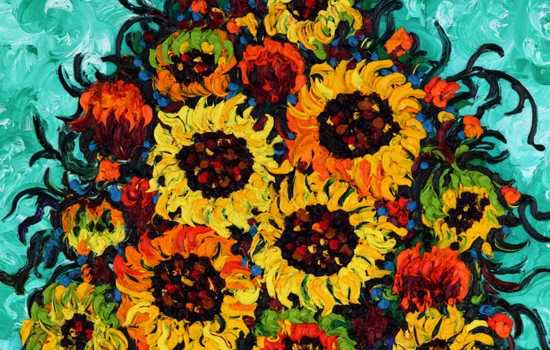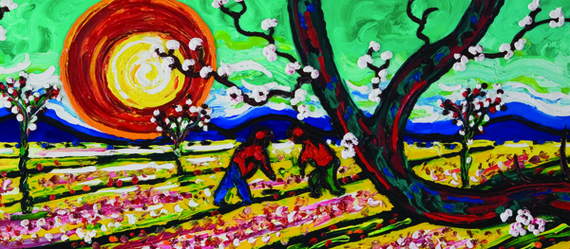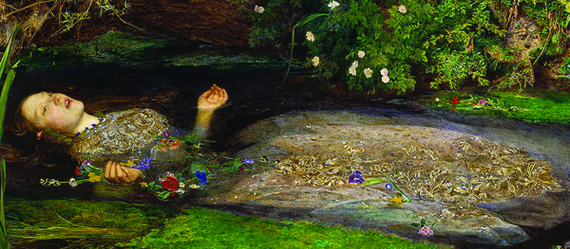This past winter, the Today Art Museum in Beijing welcomed a brand-new solo show of my latest paintings and sculptures, called Wonderland. It was such an incredible experience: Wonderland was the largest exhibition of a European artist's work in the museum's history and by far the most remarkable opportunity I've had to show my work within Asia. Visitors took photos beside the red Love poppy and topaz Peace water lily sculptures at the exhibition's centerpiece, adding a beautiful chapter to the traveling Love & Peace Campaign's story as a global art installation.
As a result of Wonderland's warm reception in Beijing and beyond, I was invited to have my works featured in the third annual Xinjiang Biennale, a flourishing art festival in China's Urumqi region. The title for this year's Biennale is 'Encountering: New Art on the Silk Road'; it aims to foster an exchange of ideas and of creativity between nations in the tradition of European and Asian cultures mixing along the historic trade route for which it was named.
The concept is one that resounds today, in a world growing more globalised with every moment. Because of this, I believe that there is truly no better time to be an artist than in the present age. Contemporary creators have opportunities to share their work that no era in history can rival. A fluid and ever-changing open forum of exchange and production has begun to replace the traditional notion of 'art centers'; as technology grows and connects us, all are invited to participate in a living, breathing art world.
With these changes come new challenges. As our works reach farther, we are called to adapt our means of expression so that the meaning of our effort is not lost in translation. Artists are communicators, the most powerful of whom can send messages across any and all boundaries.

Tzarev's aquamarine Peace water lily, on view at Cité Internationale des Arts in Paris through 24 May. © photo: Clément Duquenne
I have found that flowers provide a perfect language of expression for my art. In my eyes, they are the essential symbol of peace and goodwill - in their beauty and grace lies infinite understanding that requires no words. Free of politics, religion, and nation, all mankind can see a brilliant bloom and feel the same sense of tranquility.
When I paint and sculpt, I imagine that I am creating a sanctuary for those who will see my works - a place of welcoming open to all, regardless of country. It was so rewarding to learn that Wonderland's curator, Peng Feng, Ph.D., sees that within my work, and I am grateful for his words:
"Ana's works transcend difference not just between East and West, but between all cultures. In this sense, her art is a new kind of art for the globalised era, and appreciation of this new art form is not subject to cultural restrictions. That is why her exhibitions have so deeply touched audiences on all continents."
It is an honour to have been selected as a participant in this year's Xinjiang Biennale, and I am so thankful that my voice will be found among those present in its dialogue between nations. I send my sincere thanks to the Ministry of Culture of the People's Republic of China for granting me the opportunity to participate in this fantastic celebration of global culture, and to Peng Feng for championing the idea of an art world made more beautiful through harmony and acceptance.


